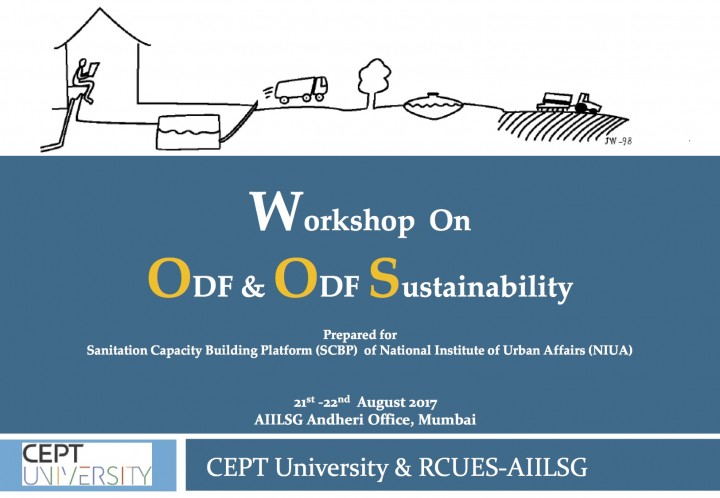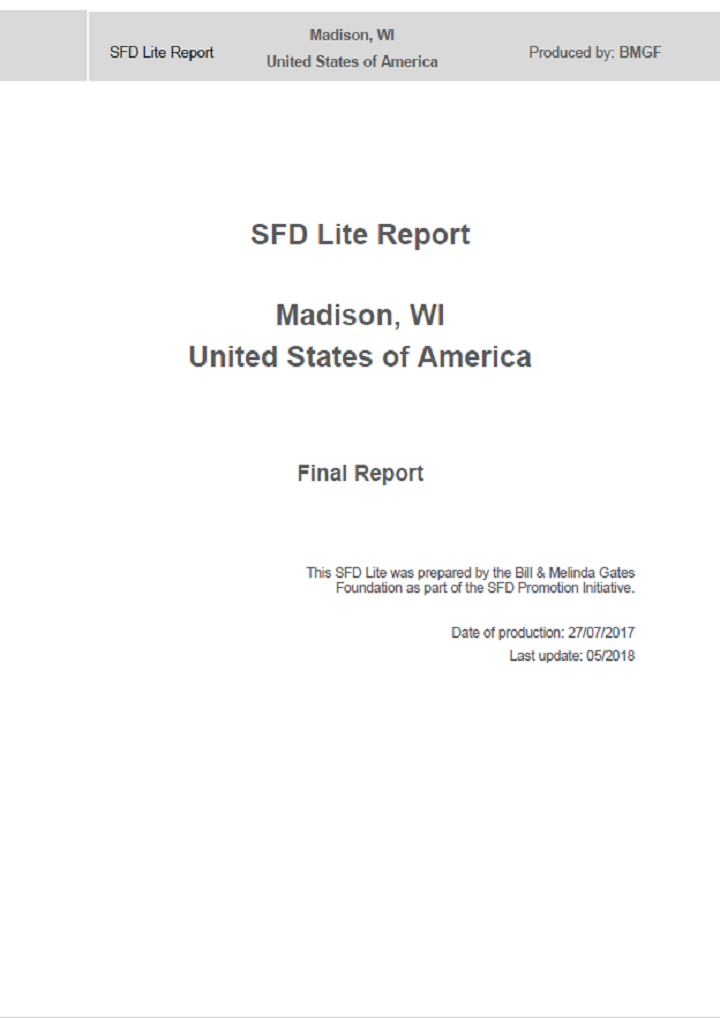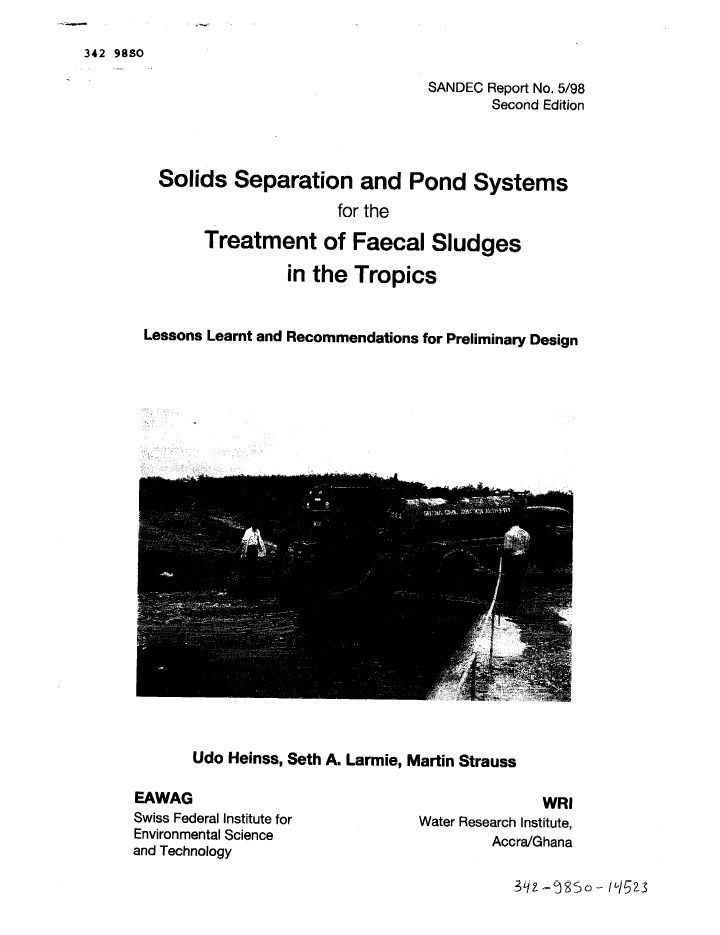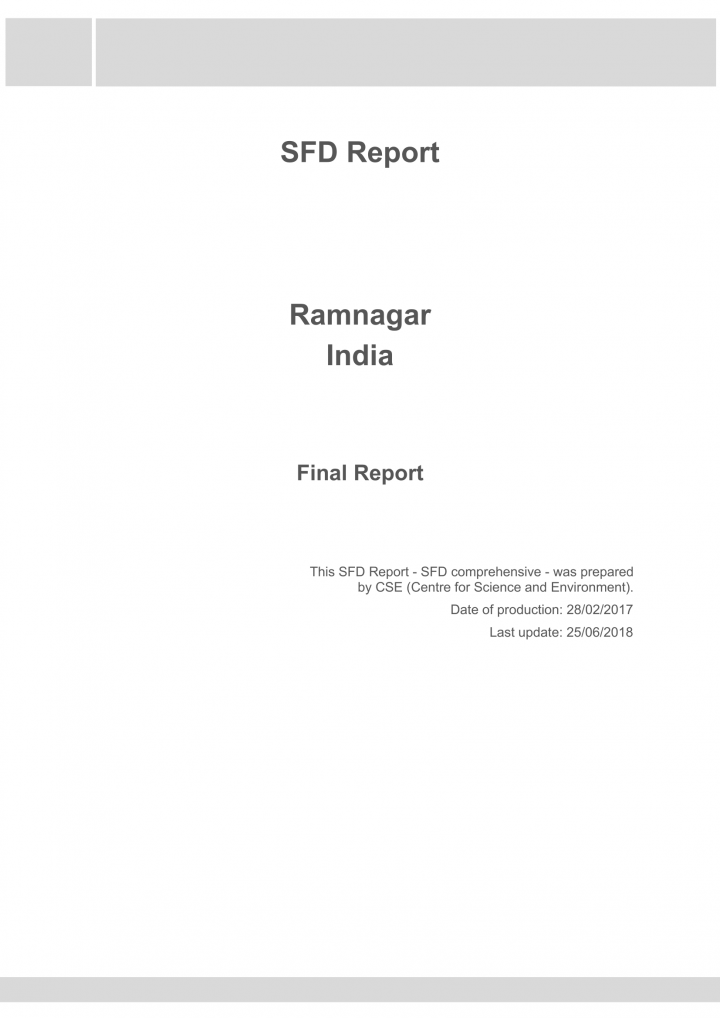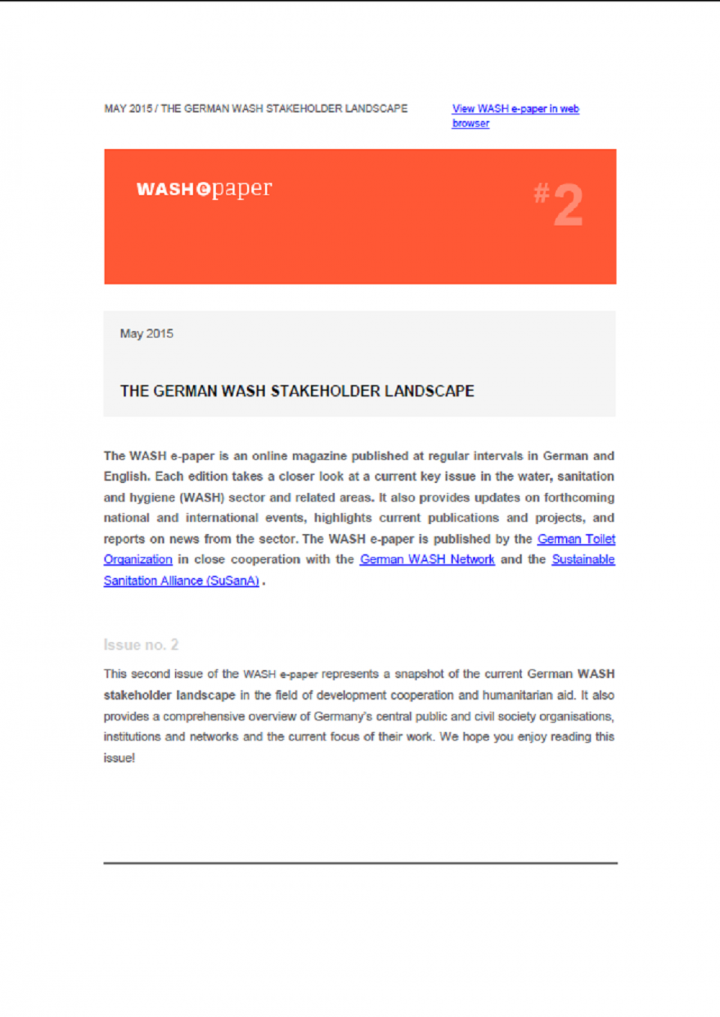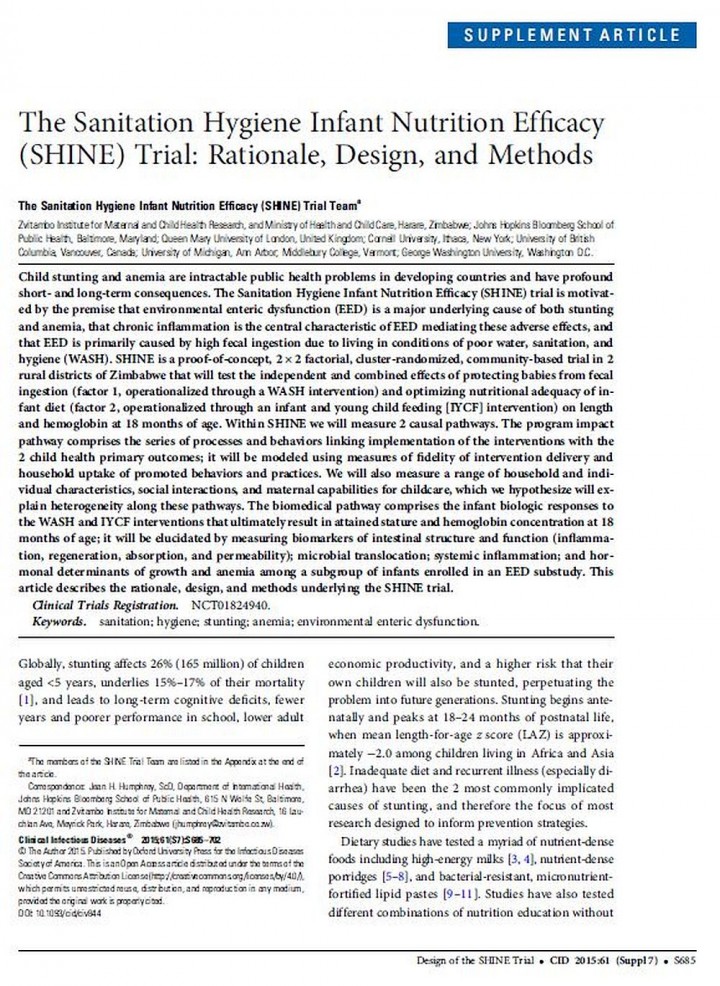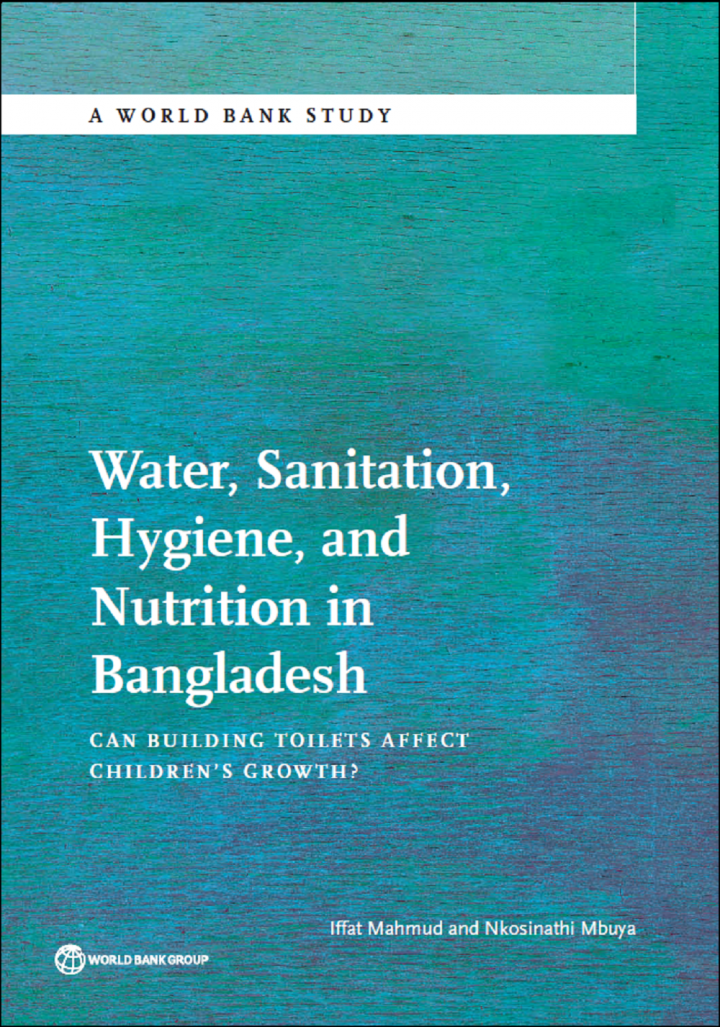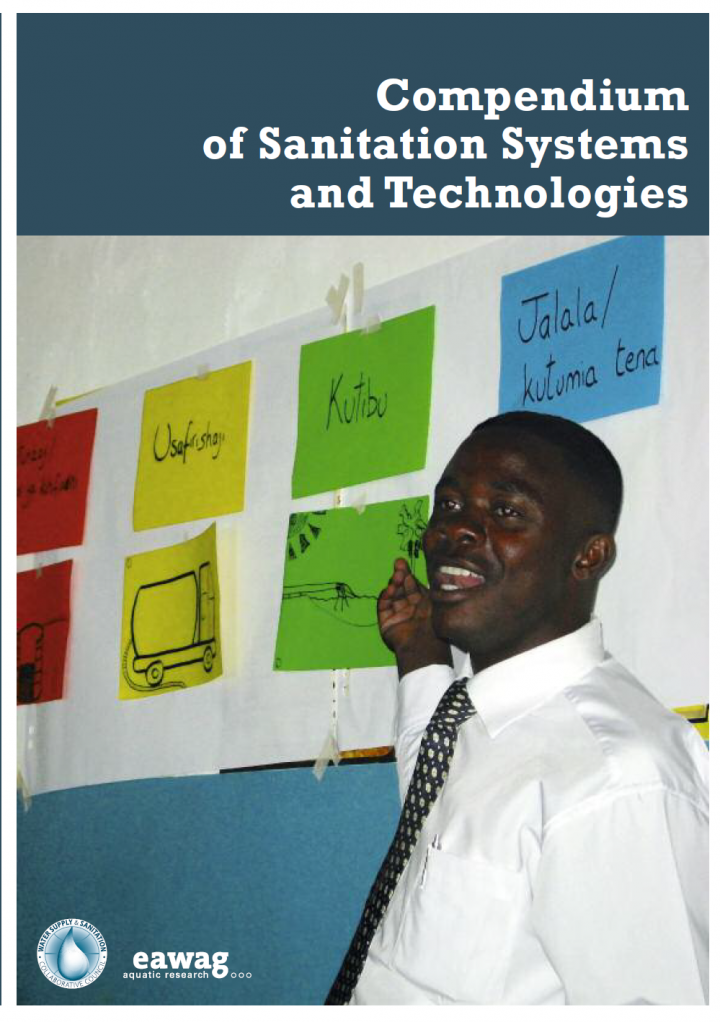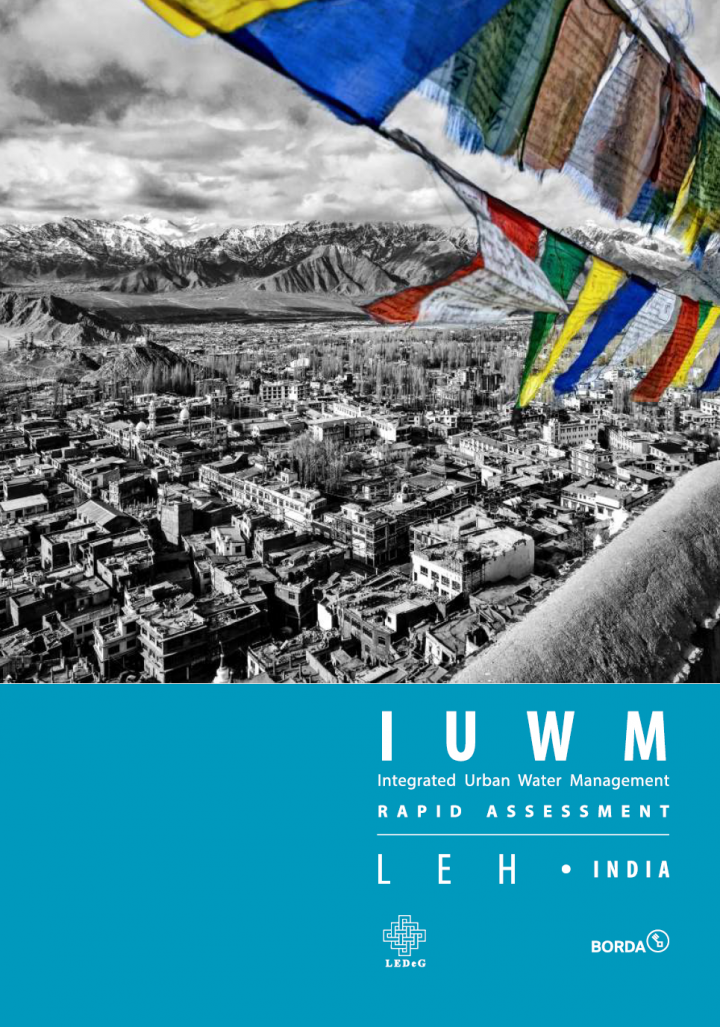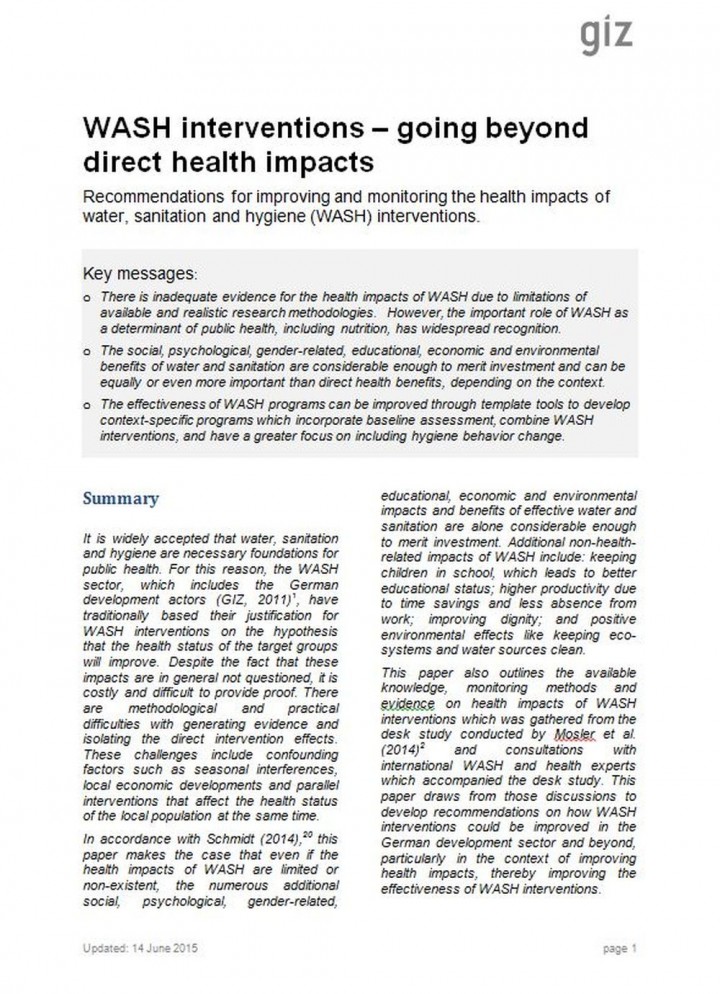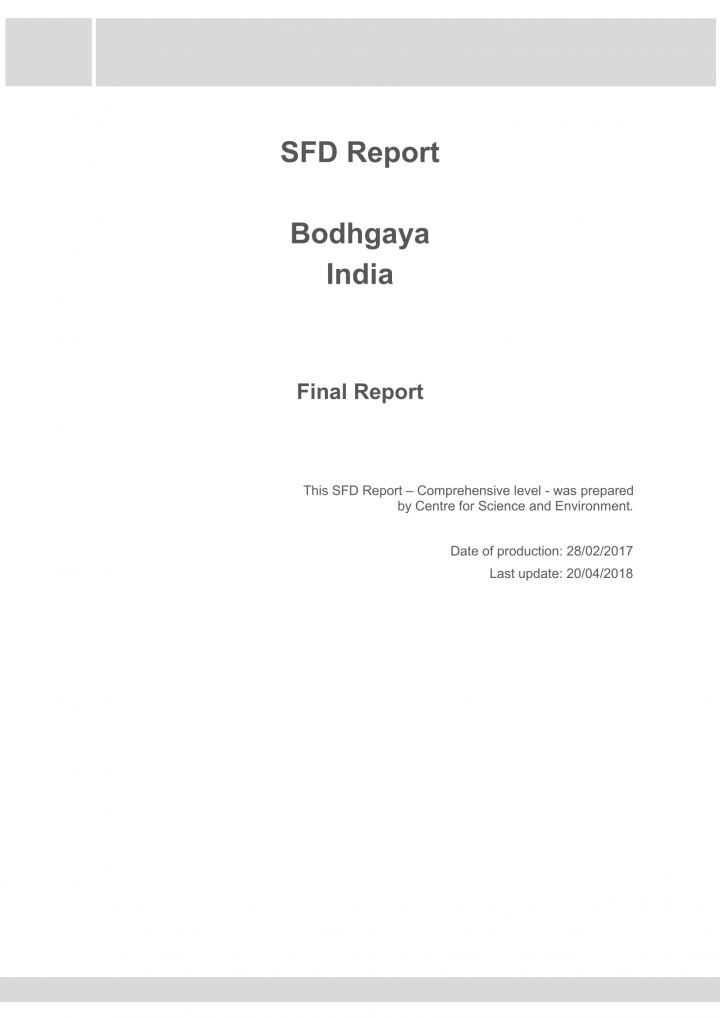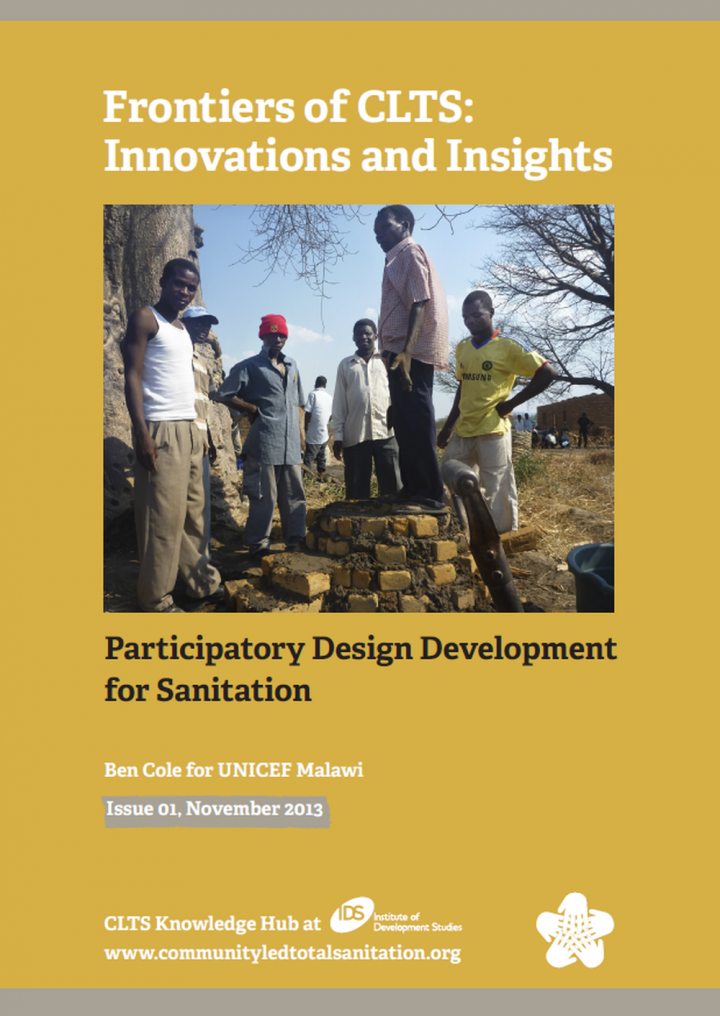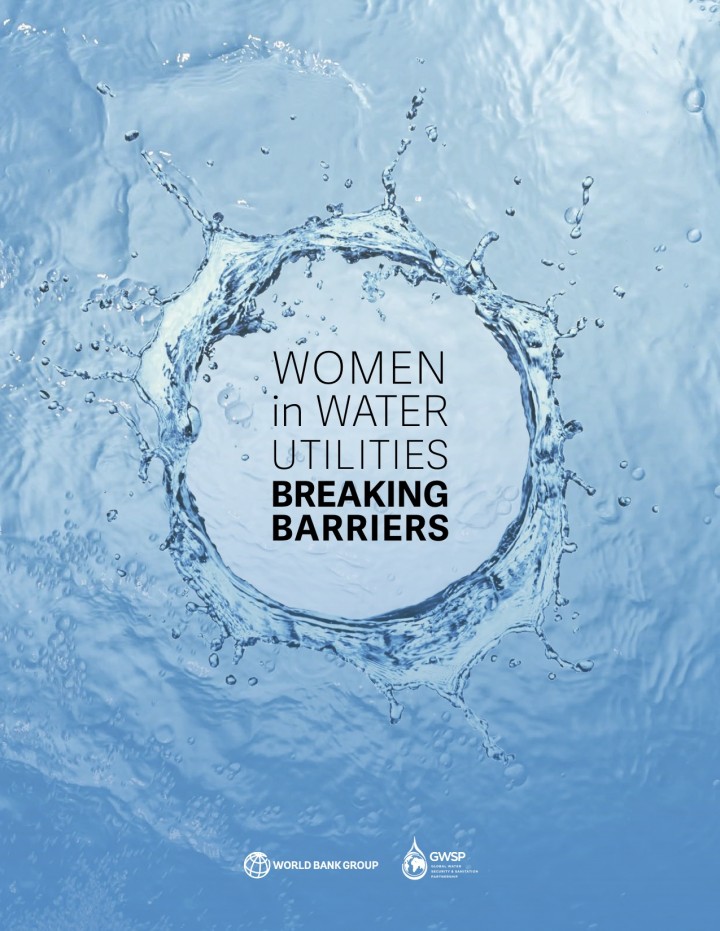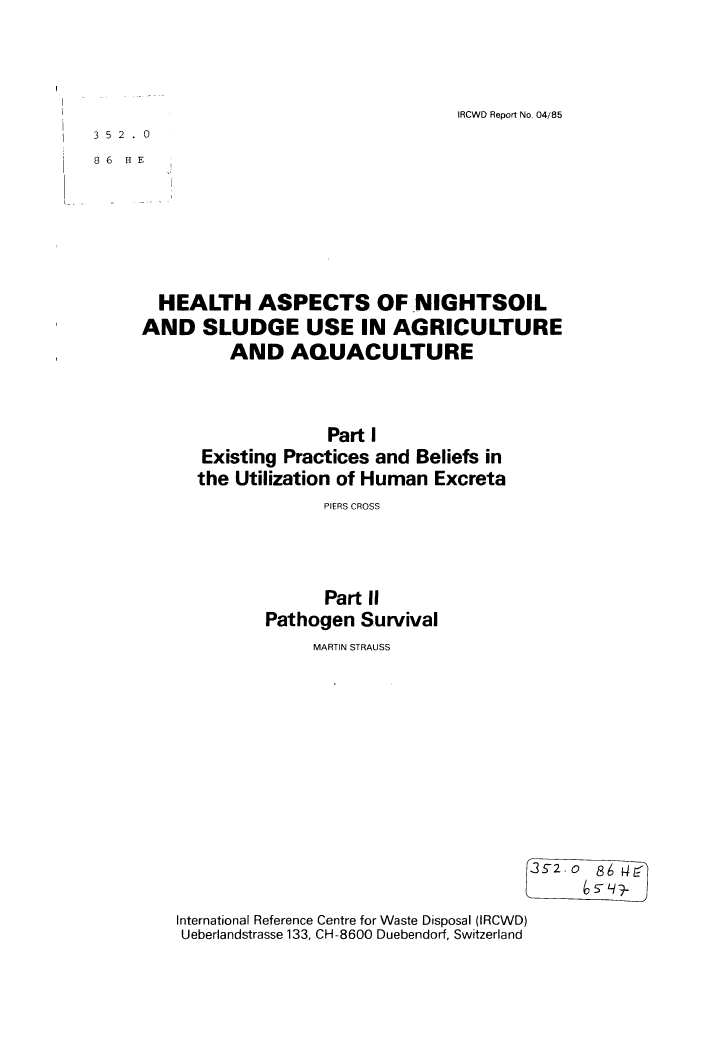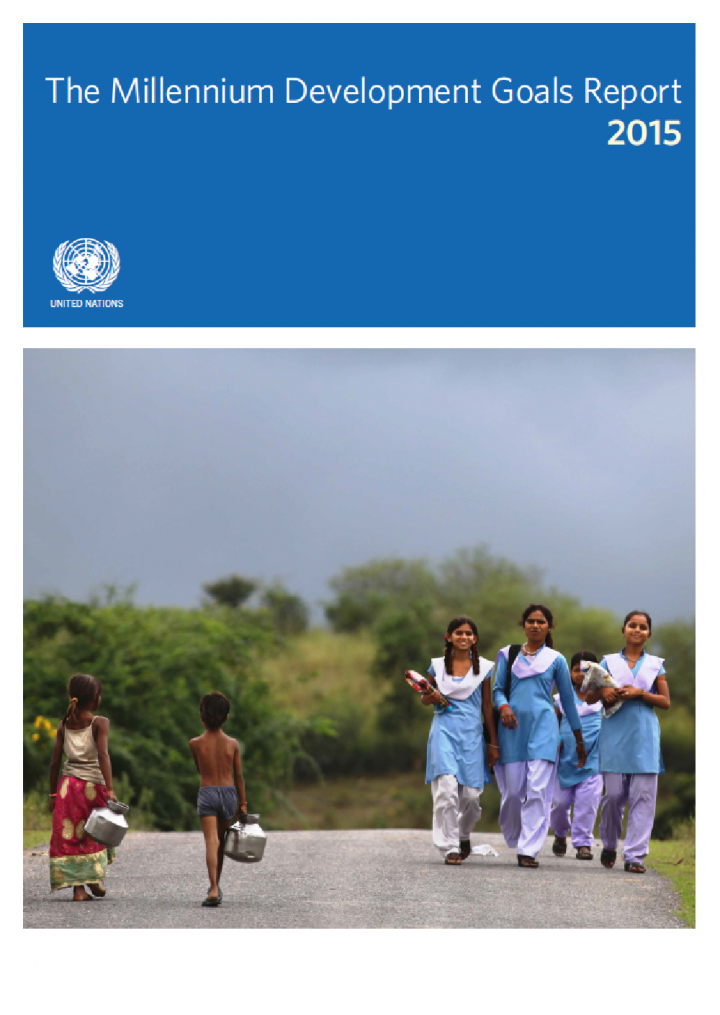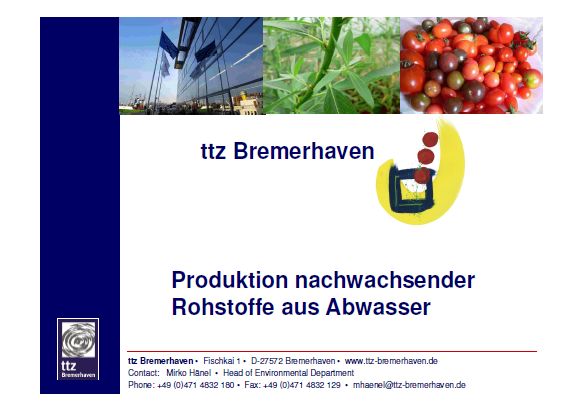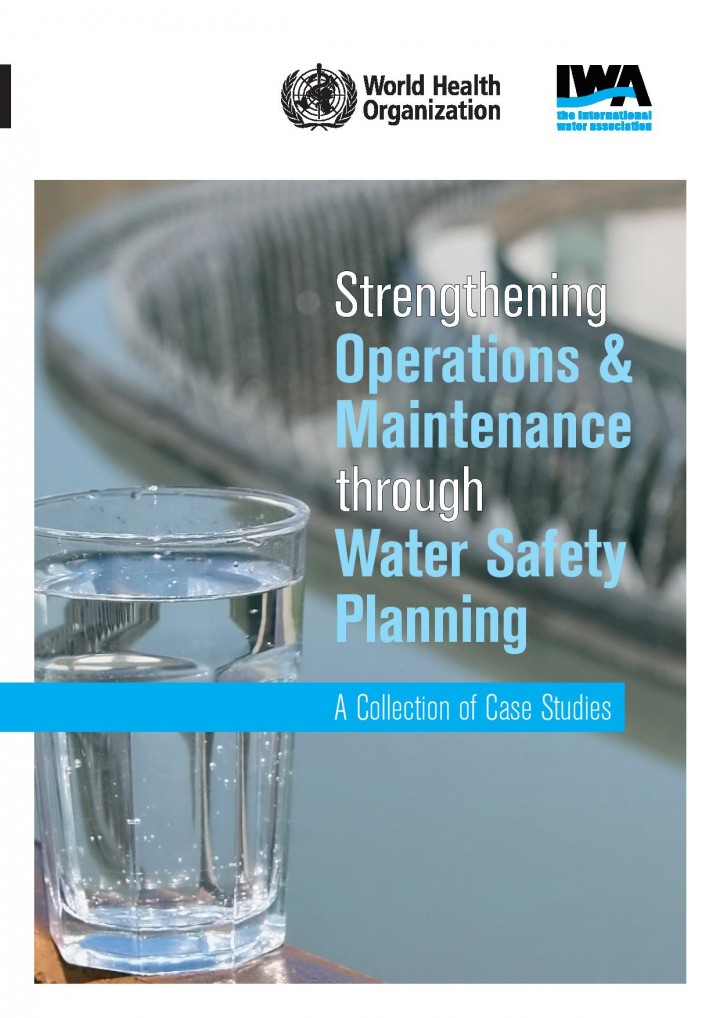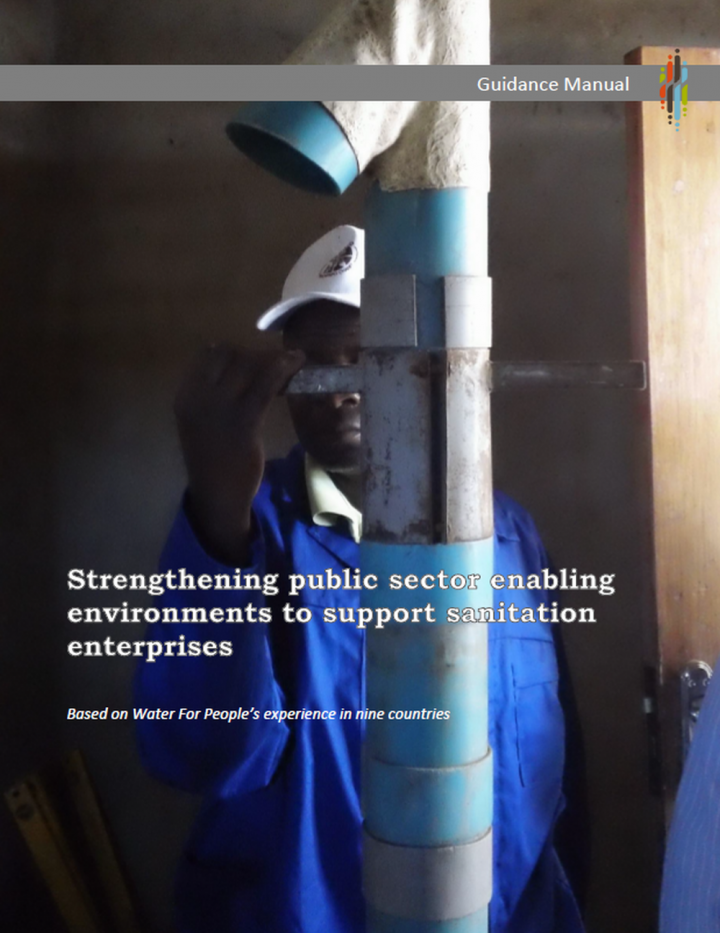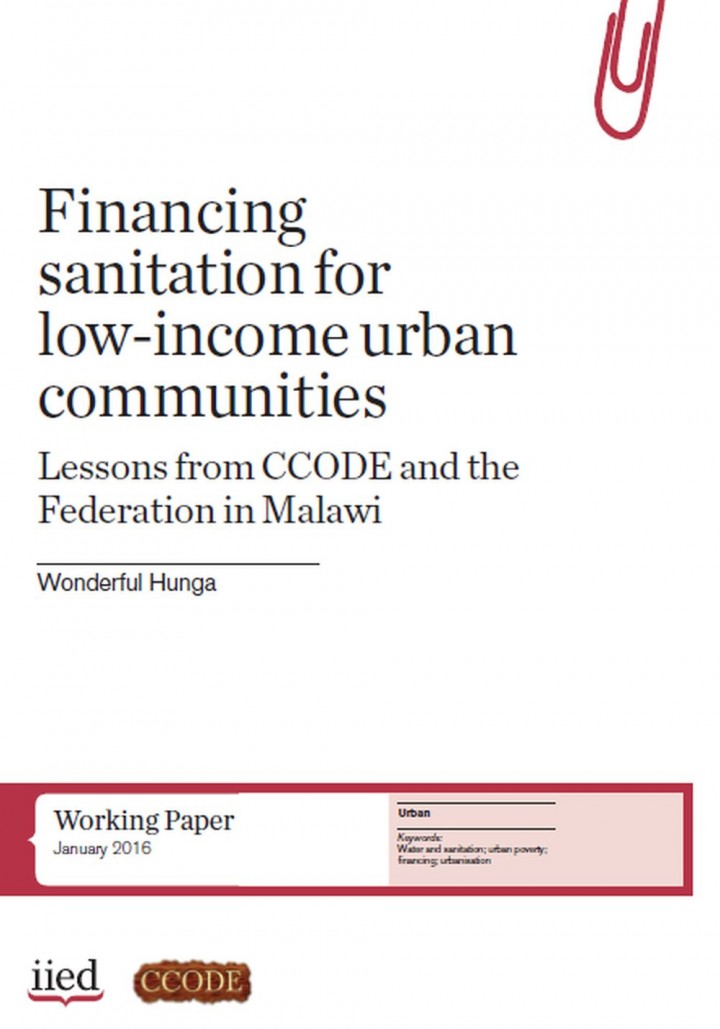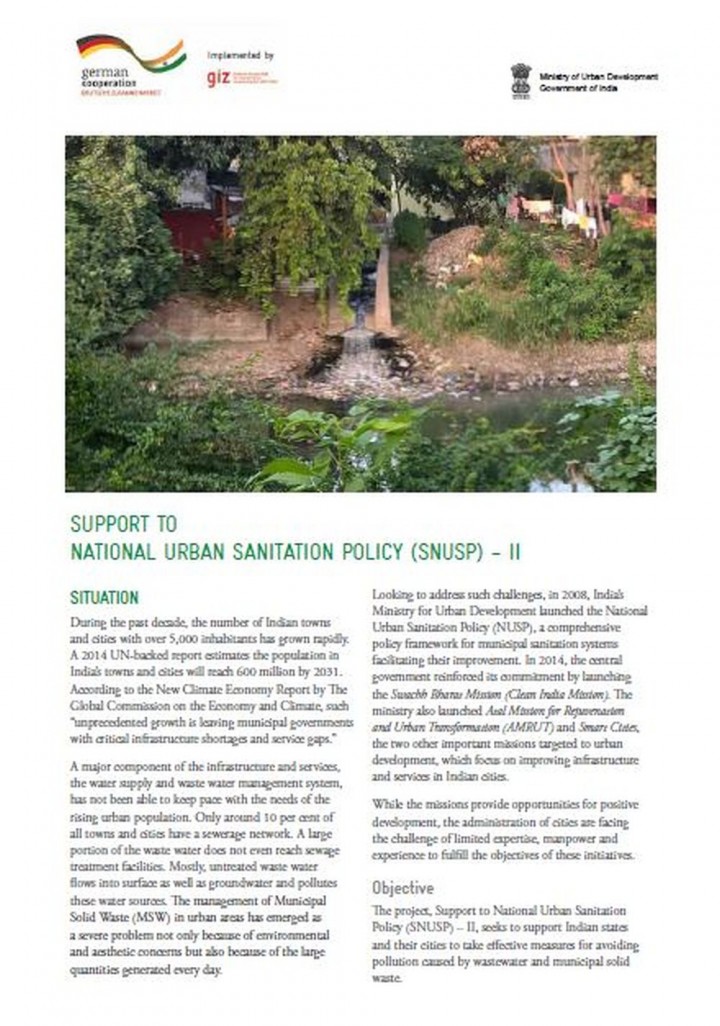Searching for information on Sanitation Workers?
The Sanitation Workers Knowledge + Learning Hub is the best source for all current news, trends, articles and updates on sanitation workers rights around the world.
Sanitation has been on the forefront of development agenda in India. The Government of India's Swachh Bharat Mission aims to make the whole country Open Defecation Free by 2019. How cities become ODF and what can other cities learn from ODF cities? This was the aim in organising a two day workshop for city officials from Rajasthan. The workshop also included a visit to an ODF city. It was …
Madison is the capital of the state of Wisconsin and the county seat of Dane County, and is home to 252,551 people. Sometimes described as the City of Four Lakes, it comprises the four successive lakes of the Yahara River: Lake Mendota, Lake Monona, Lake Waubesa and Lake Kegonsa. According to the Madison Metropolitan Sewerage District, 100% of the population in Madison relies on separate sanitary …
The report sets out to provide guidelines for the preliminary design of faecal sludge treatment schemes comprising solids-liquid separation and stabilisation ponds. The document is based on the results of collaborative field research conducted by the Ghana Water Research Institute and SANDEC on full and pilot-scale faecal sludge (FS) treatment plants located in Accra, Ghana. Published and …
Ramnagar city is situated on the banks of the Ganga River in the state of Uttar Pradesh, India. The population of the city is 49,132 and its population density is 13,572 persons per sq.km (data from 2011). The slum population is 1,958,
representing 3.98% of the total population.
The existing sewer network covers about 70% of the households. The rest of the city (16%) is either dependent on …
The WASH e-paper is an online magazine published at regular intervals in German and English. Each edition takes a closer look at a current key issue in the water, sanitation and hygiene (WASH) sector and related areas. It also provides updates on forthcoming national and international events, highlights current publications and projects, and reports on news from the sector. The WASH e-paper is …
WHO and UNICEF, working with the Global Task Team for monitoring WASH in health care facilities (HCF), have developed a set of core questions and indicators for WASH in HCF, in support of monitoring WASH in the 2030 Agenda for Sustainable Development. The indicators include definitions for basic water, sanitation, hand hygiene, health care waste management, and environmental cleaning services. …
On 20. February 2019 a side-event and lunch-meeting on Resource Recovery & Safe Reuse (RRR) and Public-Private Partnerships (PPP) for Faecal Sludge Management (FSM) took place during the 5th AfricaSan Regional Conference on Sanitation and Hygiene (AfricaSan5) and 5th International Faecal Sludge Management (FSM5) Conference in Cape Town, South Africa.
The events were organised as part of the …
Child stunting and anemia are intractable public health problems in developing countries and have profound short- and long-term consequences. The Sanitation Hygiene Infant Nutrition Efficacy (SHINE) trial is motivated by the premise that environmental enteric dysfunction (EED) is a major underlying cause of both stunting and anemia, that chronic inflammation is the central characteristic of EED …
This report provides a systematic review of the evidence to date, both published and grey literature, on the relationship between water and sanitation and nutrition. We also examine the potential impact of improved water, sanitation and hygiene (WASH) on undernutrition. This is the first report that undertakes a thorough review and discussion of WASH and nutrition in Bangladesh. The report is …
The objective the Compendium is threefold:
1. Expose the Compendium user to a broad range of sanitation systems and innovative technologies;
2. Help the Compendium user understand and work with the system concept, i.e. the process of building a complete system, by iteratively choosing and linking appropriate technologies;
3. Describe and fairly present the technology-specific advantages and …
LEDeG and BORDA have been working in partnership since 1987. Initially cooperation was focused on renewable energy projects which provided electricity to 67 villages through micro-hydro technology. The cooperation was later expanded to include a range of income generation activities such as food processing, handicrafts and food production. In recent years the cooperation has evolved to focus on …
It is widely accepted that water, sanitation and hygiene are necessary foundations for public health. For this reason, the WASH sector, which includes the German development actors (GIZ, 2011), have traditionally based their justification for WASH interventions on the hypothesis that the health status of the target groups will improve. Despite the fact that these impacts are in general not …
Bodhgaya is a small town, located in the Gaya district of Bihar. A population size of 51,900 was considered for the preparation of the SFD. There is no treatment facility available for sewage and faecal sludge generated in the town. 51% of the population of Bodhgaya depends on Onsite Sanitation Systems. The FS collected by the vacuum tankers is discharged into open fields . As there is no …
IDS has been working in support of Community-Led Total Sanitation (CLTS) since its beginnings. CLTS has now become an international movement for which IDS is the recognised knowledge hub. The Knowledge Hub is dedicated to understanding the on-the-ground realities of CLTS practice and to learn about, share and promote good practices, ideas and innovations that lead to sustainability and scale. We …
The crucial role women play in managing and safeguarding water at the domestic and community level has long been recognized. Across the world, women and girls bear the brunt of collecting water—often from long distances or in harsh conditions—and usually bear responsibility for household hygiene and sanitation needs. What has been less explored is the intersection between water, gender, and …
Increasing population growth leads to increased resource (water, food, chemicals and energy) demand. Concomitantly, increasing volumes of ‘used resources’, commonly considered waste, are produced. There is a growing awareness that the resources that could be potentially recovered from these used streams or wastes represent economic value and should not be lost. One of the greatest challenges …
This white paper is an evidence-based review of how implementers have integrated Water, Sanitation and Hygiene (WASH) and freshwater ecosystem conservation to date in sub-Saharan Africa (SSA). The report takes stock of a selection of experiences from projects taking a more holistic approach to conservation and development.
Excreta constitute a valuable source of nutrients. In many countries (e.g. China, Taiwan, Japan, Korea, Indonesia) they are traditionally and widely used to fertilize fields and ponds where fish and aquatic vegetables are grown. In these areas, faecal wastes carry considerable economic importance. This may increase in the years to come elsewhere too as a result of the growing cost of mineral …
Strong operations and maintenance (O&M) programmes underpin the effectiveness and sustainability of drinking-water supply systems. Increased attention to and investment in O&M is needed to ensure that water safety and service delivery targets are consistently met and that public health is protected.
Water safety plans (WSPs) are a valuable tool to strengthen O&M programmes, and may contribute …
Billions of people lack access to a decent toilet. Attempts to address this gap through direct-subsidy models have often been proven unsustainable as, given resource limitations, they are unable to provide desirable toilets that families are likely to use and maintain over time. Based on private sector success in low-income markets, business-based approaches may be able to help bridge this gap …
Like many other countries in the Global South, Malawi has failed to meet Millennium Development Goal (MDG) targets to improve access to sanitation. It has been estimated that only 25 percent of the country’s population has gained Access to improved sanitation since 1990 and access to it is a meagre 41 per cent, according to the latest Joint Monitoring Programme (JMP) Report (2015). By utilising …

